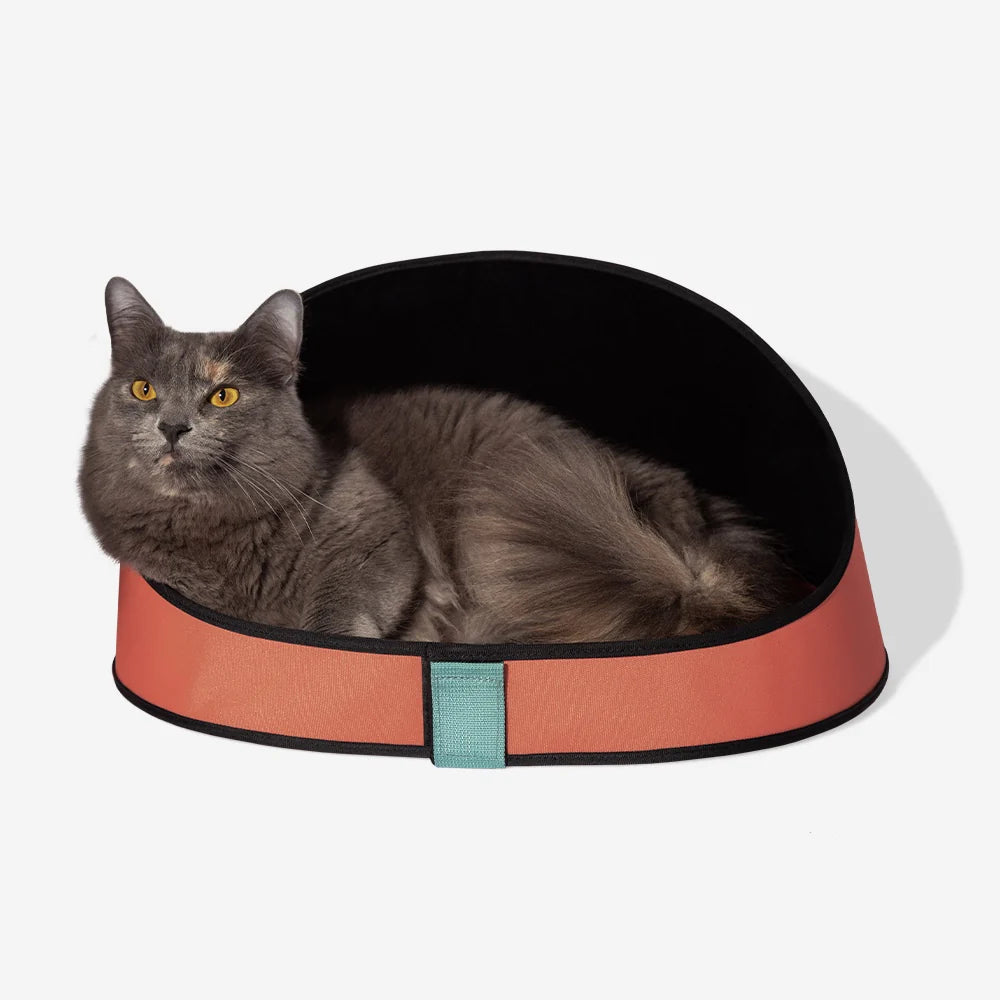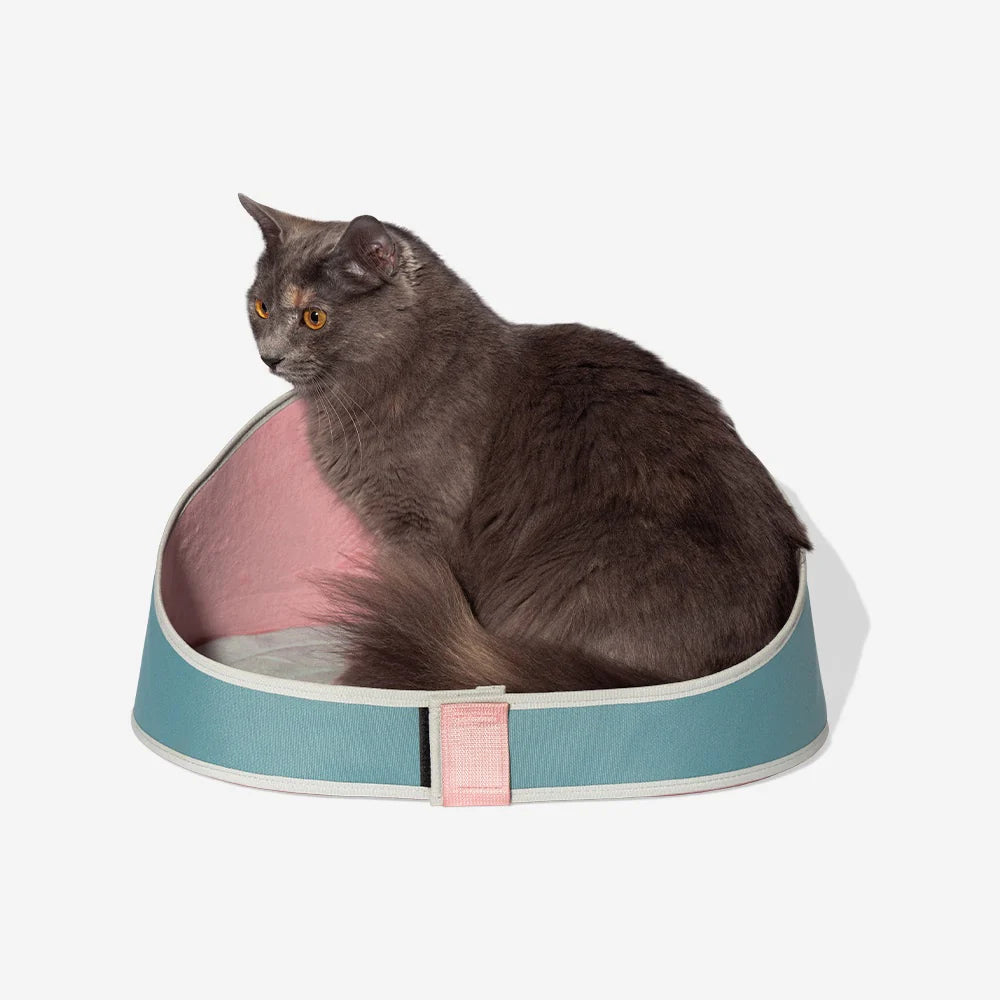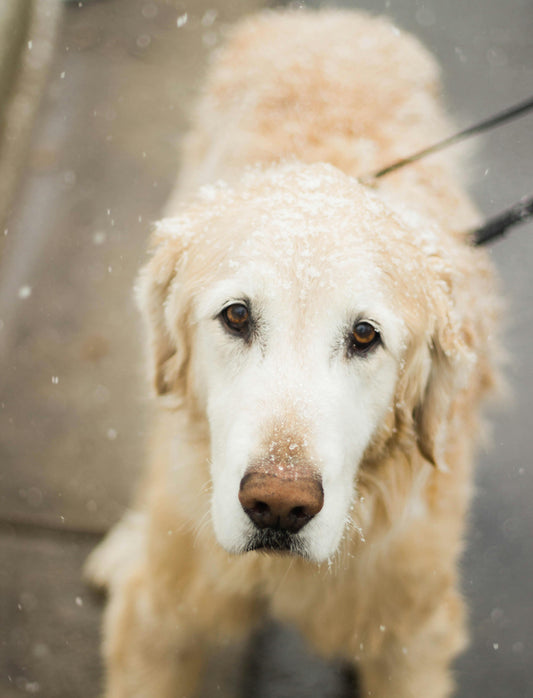As the seasons change and daylight hours become shorter, many pets may struggle to adapt to the shift in routine and environment. Understanding how to help your dogs and cats adjust to these changes is essential for their well-being and overall happiness. Here are effective strategies to ensure a smooth transition for your furry friends during this seasonal adjustment.
1. Maintain a Consistent Routine
Establishing a consistent daily routine can provide your pets with a sense of security during the transition from longer to shorter days.
Routine Tips:
- Set Regular Feeding Times: Keep mealtime consistent, feeding your pets at the same times each day to create predictability in their schedules.
- Exercise Consistency: Aim for regular walks and playtime, ideally at the same times, to help maintain their activity levels despite changing daylight hours.
- Nighttime Schedule: Establish a bedtime routine that signals it's time to wind down. This can include calming activities such as light play, quiet time, or grooming.
2. Use Natural Light to Your Advantage
Making the most of natural light can help your pets maintain a healthy circadian rhythm during the fall months.
Light Management Strategies:
- Morning Walks: Take advantage of the sunlight by walking your pets in the morning when daylight is available. This can help stimulate their energy for the day.
- Create Bright Spaces: Open curtains and blinds during the day to let in natural light, making your home feel more inviting and helping pets stay alert.
3. Gradual Adjustment to New Schedules
Just like people, pets can take time to adjust to changes in their daily routines.
Adjustment Tips:
- Shift Times Slowly: If you need to change your pet's feeding or exercise schedule, do so gradually over several days to allow them to adjust smoothly.
- Monitor Behavior: Keep an eye on your pet's behavior, noting any signs of anxiety or stress, and be flexible with their schedule if needed.
4. Create Cozy Environments
As temperatures drop and nights become longer, creating a warm and comfortable environment for your pets is crucial.
Comfort Tips:
- Warm Bedding: Ensure your pets have soft, cozy bedding to keep them warm and comfy during the colder months.
- Cozy Hideouts: Provide designated cozy spots like cat trees or pet caves that offer security and warmth for your pets when they want to snuggle.
- Temperature Control: Maintain a comfortable indoor temperature, using blankets or pet-safe heating pads for additional warmth.
5. Engage in Indoor Activities
With shorter days, indoor play can help keep your pets active and entertained.
Indoor Activity Ideas:
- Interactive Toys: Use puzzle feeders and treat-dispensing toys to keep pets engaged and mentally stimulated.
- Training Sessions: Spend time teaching new tricks or reinforcing commands, which provides mental stimulation and strengthens your bond.
- Playtime: Have regular play sessions with your dogs or interactive games for your cats to promote physical activity, even indoors.
6. Provide Mental Stimulation
With changes in daylight and routine, it’s crucial to keep your pets mentally stimulated to prevent boredom or anxiety.
Mental Engagement Tips:
- Rotate Toys: Regularly switch out toys to keep things fresh and interesting for your pets.
- Scent Games: Hide treats around your home and encourage your pets to sniff them out, providing both mental challenge and fun.
- Enrichment Activities: Set up agility courses or use common household items for a DIY obstacle course to keep them physically and mentally engaged.
7. Consult Your Veterinarian
If you notice significant changes in your pets’ behavior or if they seem particularly stressed during the transition to shorter days, consult your veterinarian. They can offer targeted advice and check for underlying issues that may need attention.
Helping your dogs and cats adjust to shorter days and longer nights requires patience, understanding, and a proactive approach.
By establishing a consistent routine, promoting mental and physical engagement, and creating cozy environments, you can ensure that your pets remain comfortable and happy during the seasonal transition. Animals thrive on stability, and your attention to their needs will help them adapt more easily to the changes in their environment.
As you prepare for the fall months, remember to be attentive to your pets’ behavior and needs. By integrating these strategies, you’ll help your dogs and cats enjoy the beauty and comfort of the season, keeping them active and filled with joy throughout these cooler, cozier days.
Together, you and your pets can create wonderful autumn memories to cherish all year round!








